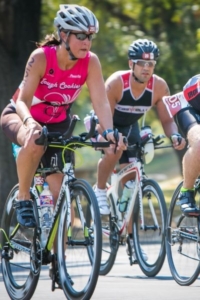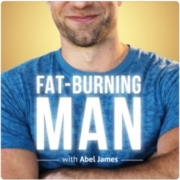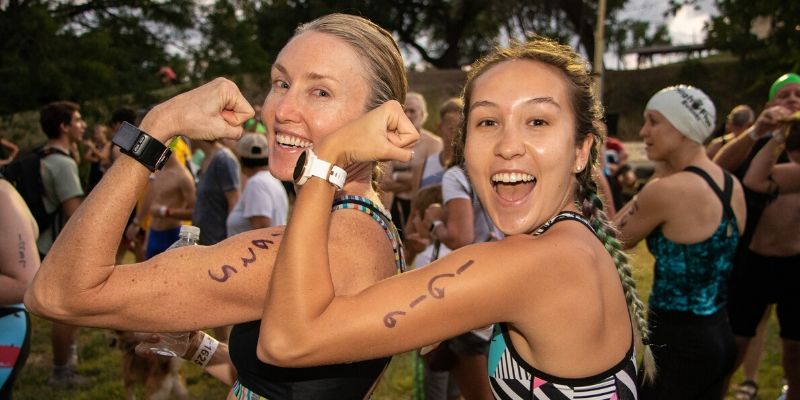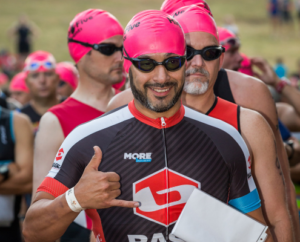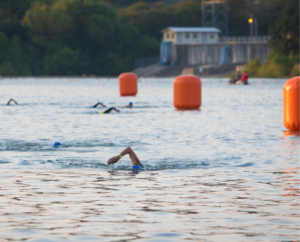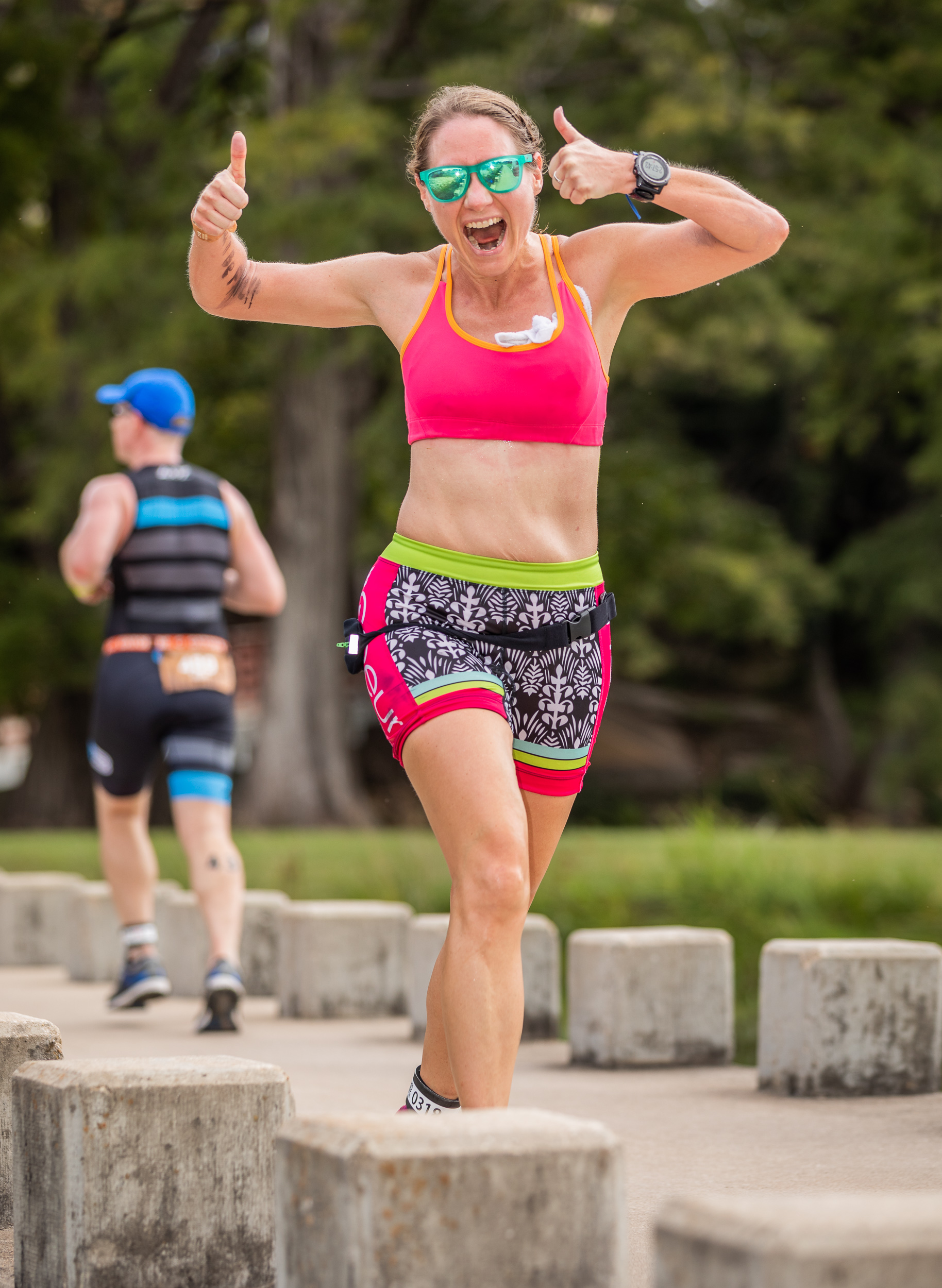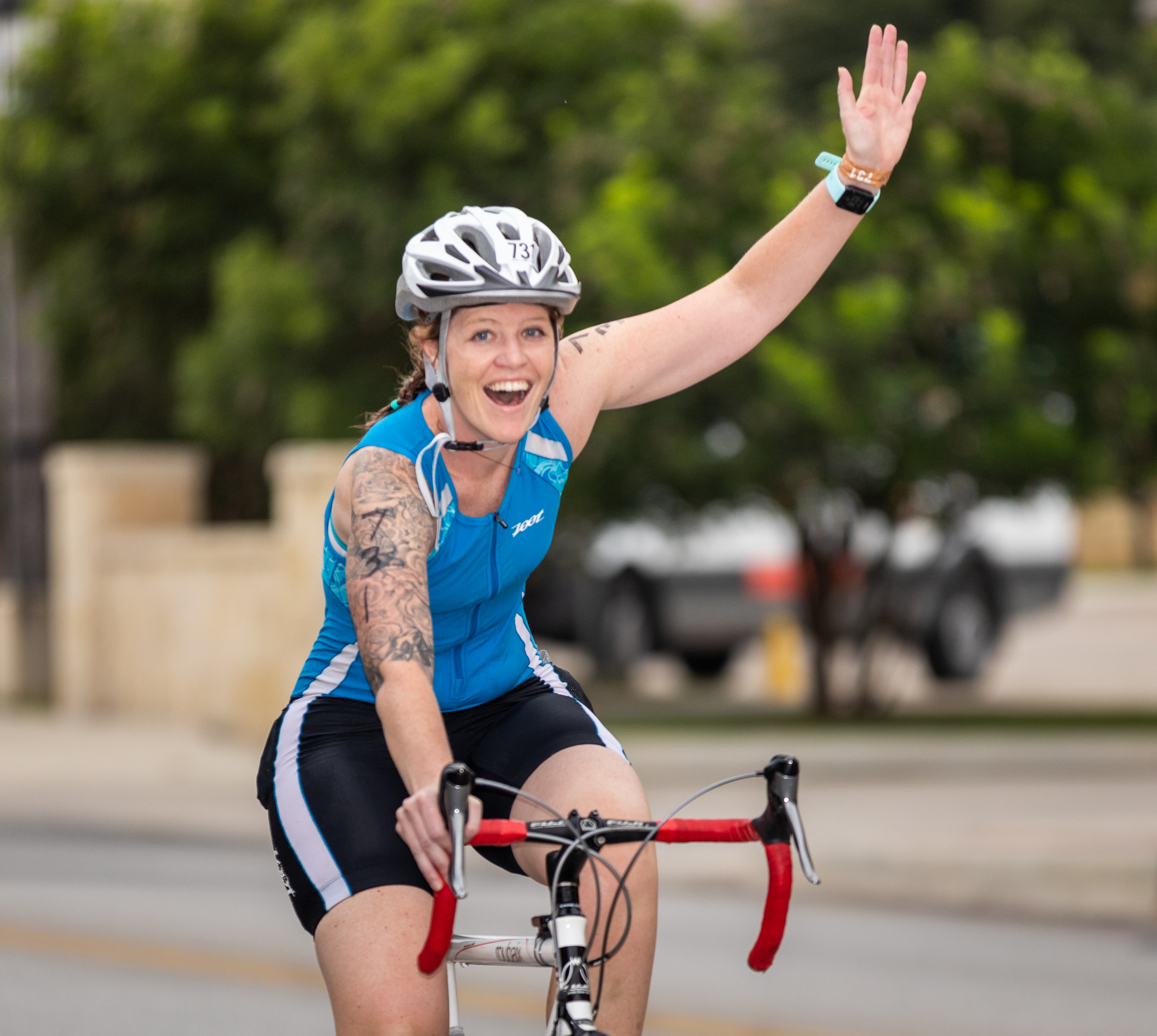Nutrition Guide for Every Tri Distance
Besides the difference of length, short and long-distance triathlons are also different in the impact they have on athletes’ nutritional needs. Learning how to fuel appropriately can make a massive difference in the experience you will have during your training journey and on race day. Keep reading our nutrition guide with tips for every triathlon distance you can use while you train and compete for your next triathlon. With nutrition, it is super important to not try anything new on race day since you don’t know how your body will react to it.
Sprint and Quarter
These are shorter distances where, in many cases, athletes can race without having to consume additional fueling, besides water.
Carbohydrates are Your Friend
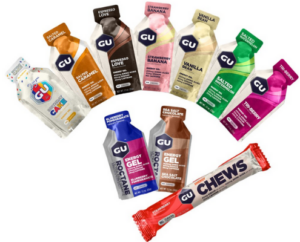
GU is our go-to when it comes to energy gels
However, if you are consuming calories during these events where you are performing at a higher intensity, it is helpful if those calories come from carbohydrates, as they will be easier for your body to utilize. Recommendations range between 30 to 45 grams of simple carbohydrates per each hour you are racing. Here is where gels, chews, and sports drinks come in handy. For example, energy gels usually have about 23g of carbohydrates, while chews contain around 25g per 6 pieces. With sports drinks, it is essential to choose drinks that are not low in sugar, to get over 20g of carbohydrates per 12 oz. These recommendations also apply during high-intensity training sessions.
Pre-Race Nutrition
Another factor to take into consideration is what you eat before the race. With this, there is no single formula or a recommendation that fits everyone. It’s best to find what works for you. A general rule to follow is to eat things that are easy to digest, such as plain waffles or toast. We recommend avoiding more complex foods like oatmeal, as they might be harder for your body to process. However, what matters is that you are eating something that makes you feel good.
Half Distance
The half distance is an event where you will undoubtedly be consuming additional fuel. Longer distances focus more on endurance rather than speed, so your nutritional needs are going to be different.
Nutrition During the Race
Some people have no problem consuming only gels or chews during longer events. But it’s common for athletes racing for longer periods to eat more complex foods. While you should still aim for 30 to 60 grams of carbohydrates per hour, it’s beneficial to get those from other sources besides just simple sugars. Things like granola bars can be very helpful for providing sustained energy without the sugar rush. They allow a steady utilization of fuel since they contain a mix of carbohydrates, protein, and fat. This can also help reduce stomach discomfort.
It is crucial to pay attention to your electrolyte intake. Especially when racing in the heat, because high amounts of electrolytes are lost with of sweat. Consuming electrolyte drinks, such as Nuun, is the easiest way to prevent dehydration.
Training Nutrition Plan
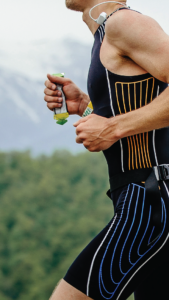
The main nutritional difference between short and long-distance triathlon training is the number of calories needed per day. Regardless of what you’re training for, it is essential for you to focus on recovery. Especially if you are used to having multiple workouts within a 24-hour time frame. Make sure to have meals of snacks that contain carbohydrates and protein after your workouts. This will ensure that your body can replenish the nutrients lost during training. Examples for recovery meals can be as simple as chocolate milk, a PB&J or a turkey sandwich or some cheese and crackers. Fruit with your favorite nut butter is also a good alternative. This will help you recover better for your next training session, and help you avoid burnout or injuries in the long-term.
With the help of this triathlon nutrition guide, you’ll be ready to rock whatever distance you choose to complete on the Kerrville Tri course.

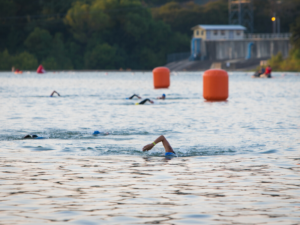
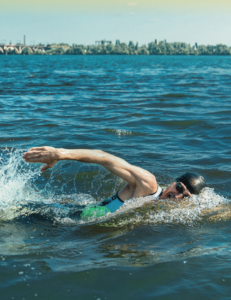
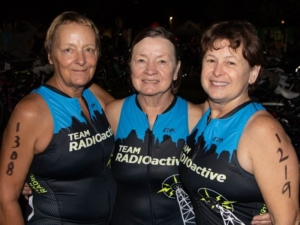
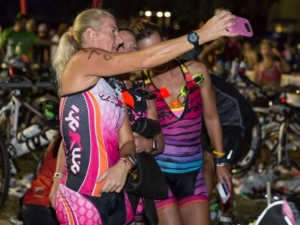 Making memories
Making memories